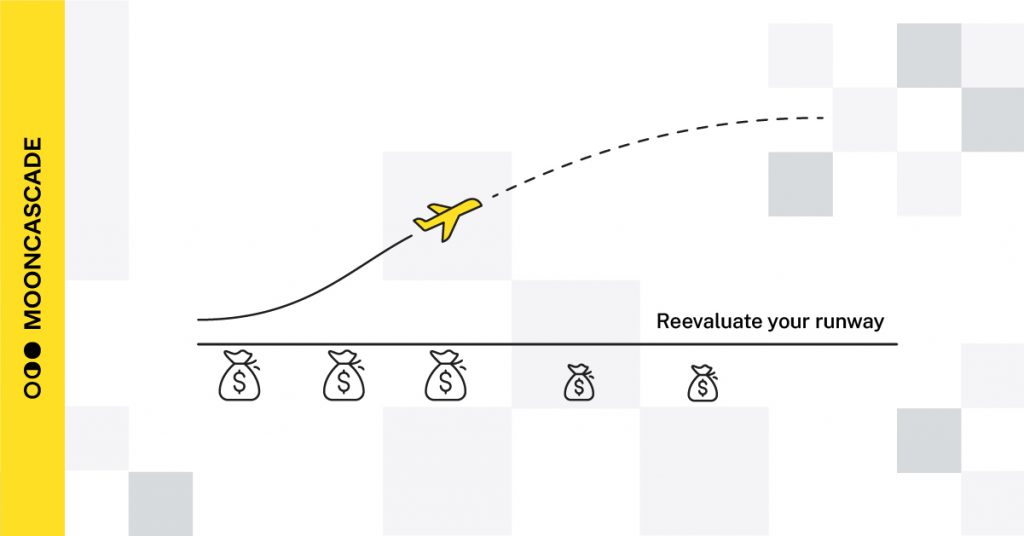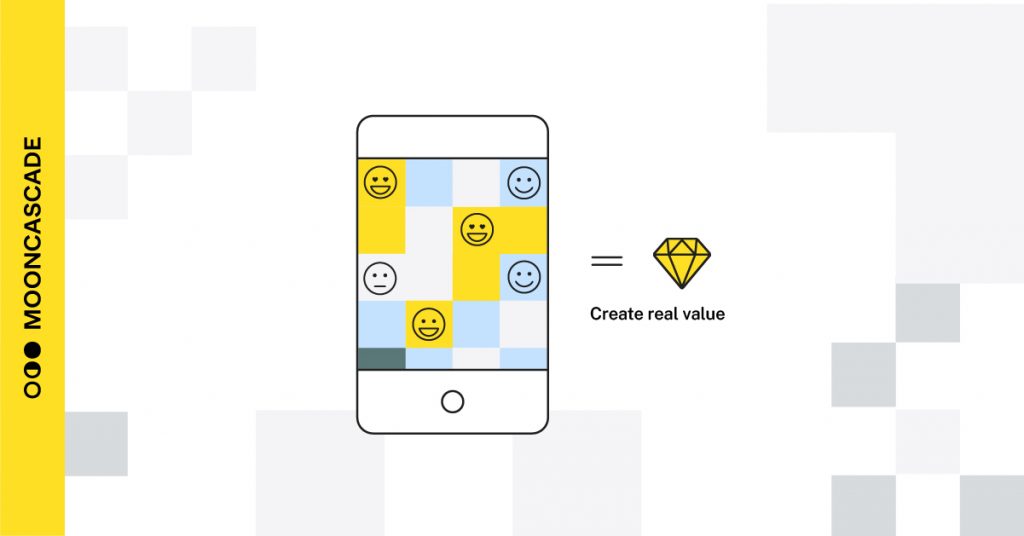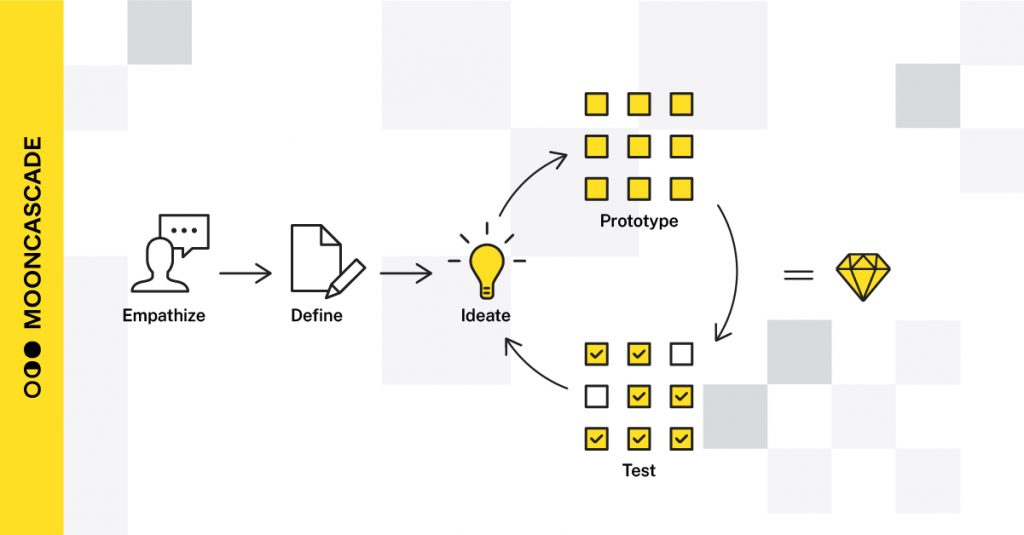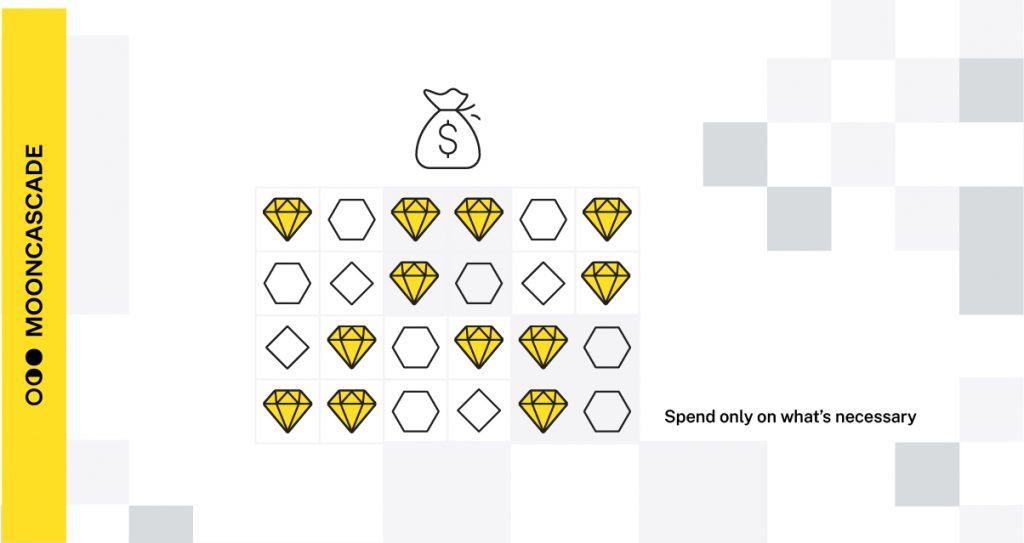Shaky Economy? Safeguard Your Product Development With These 5 Ideas
Launching your own product can be many things. Exciting? Yes. Stressful? Most definitely. Rewarding? Of course!
But the single thing that stands true for every product launch of the past 20 years, from Skype or Spotify to smaller startups, is this: they had to spend a lot to get to where they are today.
Yes, product development is a costly business. Now more than ever: since the record-high VC investments of Q1 2022, the stock market has cooled down, the Ukrainian-Russian war has upset companies around the world, inflation is hitting new peaks each day, and investors, CEOs and entrepreneurs everywhere are preparing for a seemingly inevitable (and severe) recession.
As a result, investors have put most of their decisions on hold – leading to increased difficulties raising funds and lower valuations of promising startups, as well as extra pressure on those same startups to deliver tangible results: like increasing their customer base, their MRR, or just simply getting to a healthy, sustainable profit level.

One thing is clear: the time of funding being handed out to startups like candy at Halloween is over. Companies looking to get their products in the air are, as of now, focusing on reevaluating their runways – in other words: everyone’s trying to figure out new ways to go further with the same (or less) amount of money.
The good news? Since every crisis is a chance for success, this attitude adjustment towards product development can actually lead to leaner, cleaner, more well-thought-out products. After all, saving (and spending) in the right way doesn’t just improve your finances and speed up your results; it also benefits your overall product in a more long-term manner.
With this in mind, we’ve collected five key points to think about while streamlining your product development runway. Of course, if you’re interested in more specific ideas, you can always let us know, so that we can come up with something unique to you and your product…

1. YOU NEED TO CREATE REAL VALUE FOR YOUR CUSTOMERS
“We have so many ideas for features – but what should we build first?” Prioritization has always been, and will always be, a fundamental question within product development. Today, it’s nothing less than crucial to get it right. The trick is to have the same bottom line, whenever you have to make a decision: how does this affect our customers?
Naturally, you can ask this question in many different ways:
- Will this improvement bring in new customers? How will it do that?
- Will this new feature help convert freemium users to paying customers?
- Are there any low-hanging fruits we haven’t thought of that will directly benefit the end users?
Fun fact: here at Mooncascade, we’ve actually come up with a prioritization canvas to help nail down the specific values and benefits of our intended features for our clients.
2. IDENTIFY AND CUT BACK ON HIDDEN COSTS/
It’s not always about new customers! While increasing your core customer base is, of course, important, too often we tend to forget that retaining current customers is also essential. Not to mention valuable: we’ve known for a while now that acquiring new customers can be five times as expensive as keeping old ones engaged and happy.
In product development, this translates to you making sure your product works seamlessly and intuitively for customers and users. Why? Even though internal users are typically less prioritized than customers, the workforce costs of your customer support team spending significant efforts to soothe unhappy users adds up very quickly. (Just think of all those endless customer support calls eating away at your money! Not to mention the cost of actually losing your customers…) After all, a penny saved is a penny earned.

3. RAMP UP ON TESTING
Like we said before: product development is a costly business. So when time and money are both scarce, it makes sense to both create and test design prototypes extensively, before committing to actually building the prototype – there’s nothing worse than spending months on a feature that turns out to be useless in the next iteration of your product! And of course, it’s substantially easier to fix functionalities before they’ve been built than later on in the process.
There’s an unfortunate tendency in product development to not test enough, either because people think it’s too time-consuming or expensive. Nothing could be further from the truth. And UX designers have been trying to convince their colleagues of this since UX design has existed (finally, this is where its ROI really comes into play!) – so use your designers’ experience and set up well-organized design sprints during your product development process. This way, you’ll be sure to explore the right ideas, as well as test them in the best possible environment.
And since we know the topic of design sprints can seem complex from the outside, we’ve collected the most important points (and our own personal experiences!) in this blog post.
4. CHOOSE YOUR PARTNERS WISELY
When it comes to product development, you’re only as strong as the company you keep. Think about it: besides your own internal work (which you’re testing continuously), the single biggest risk factor to your MVP getting delivered is an unstable partnership, i.e. handing over a task to others that they can’t (or won’t) deliver as promised.
With a scarce budget, there’s added pressure to make sure your partnerships are reliable, since do-overs – like we discussed above – cost extra time and money. One savvy thing to agree upon from the start is incremental delivery, so that you have your finger on the pulse of your partner’s output.
- Other healthy, low-effort ways to optimize your partnerships from the start could be:
- Going over expectations together
- Opening up to your partners about your roadmap
- Discussing and clarifying your budget constraints (this can save the need for awkward conversations later!)
- Being certain of your partner’s abilities: seeing what can be developed in a simplified way, which topics and tasks need more effort, what needs to be tested themselves before building anything at all etc.
And the list doesn’t stop here. Since each of your partners have their own way of building products effectively, the more common ground you have, the better – which is exactly what we wrote about here!

5. ONLY SPEND ON WHAT YOU REALLY NEED
Remember what we said at the beginning: in good times and bad, prioritization is key in product development. There’s simply too much at stake to satisfy everyone’s expectations at once: customers, investors, developers, the customer support team…
Our final piece of advice follows the red thread of this entire piece: when finances are stretched thin, knowing exactly what you need to spend on – and then actually following through and spending on it – is at least as important as cutting costs where you can.
In that sense, understanding when and what to spend on has always been one of the more long-term approaches in product development. Make sure you trim the fat of your finances to save money today and tomorrow, but spend on what you need to bring back your investment long after that. Do that, and your company will make it through the recession with a few bumps and scrapes, but still strong and kicking for that next round of investment!

